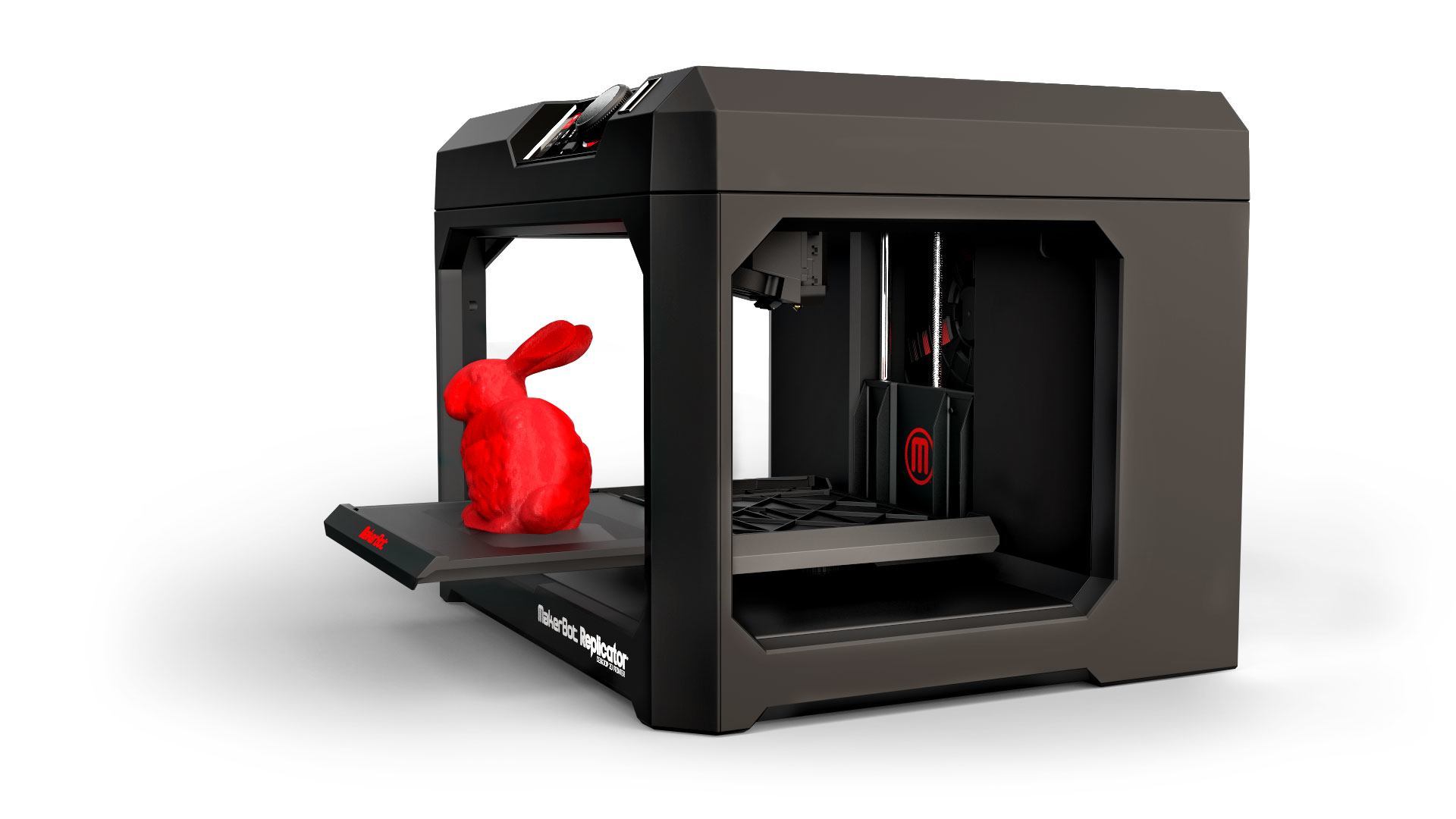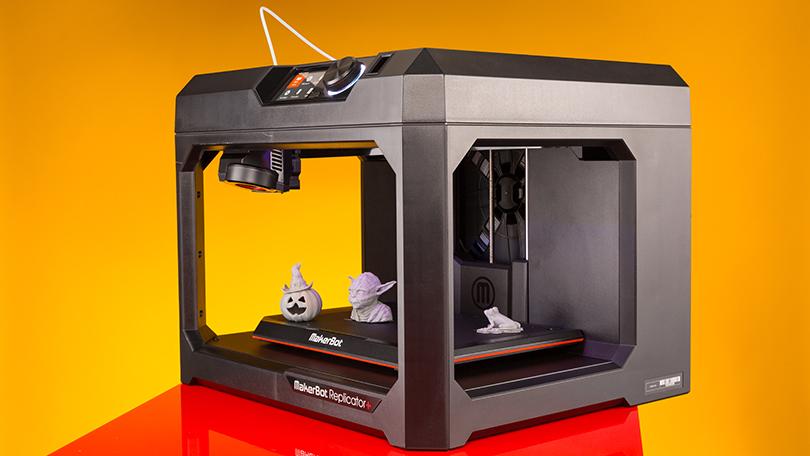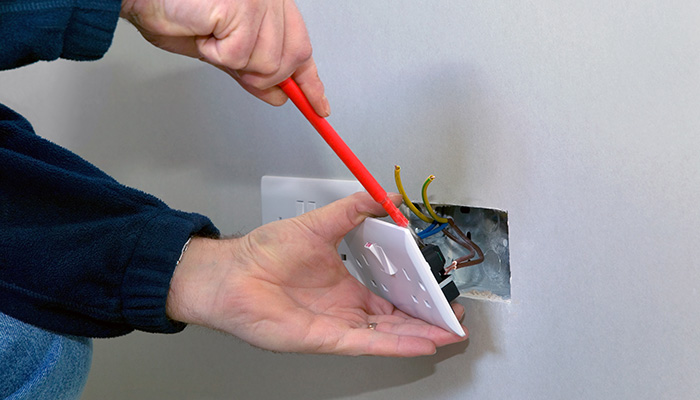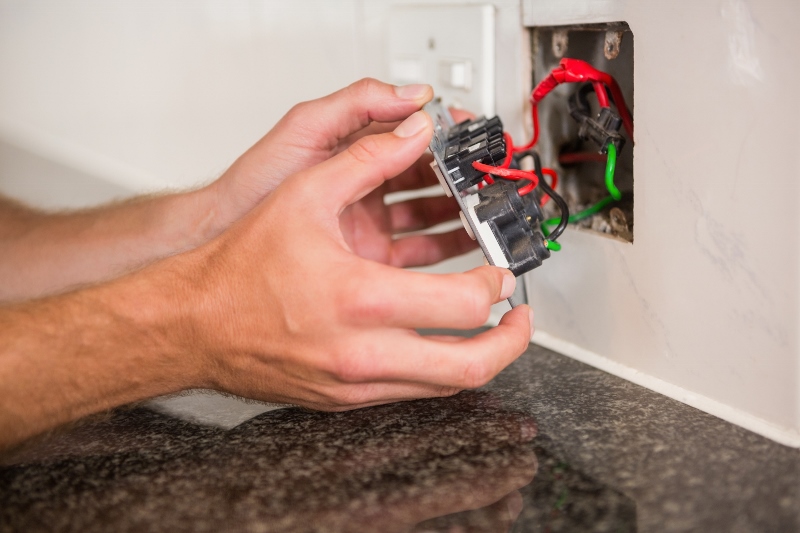History of Instant Coffee and its Prospects for the Future
Coffee drinkers have had a long love affair with instant coffee since its invention in 1901 by the Japanese scientist Satori Kato. Nescafe, which is now a global brand, catapulted instant coffee into the market in 1938, and sales have remained strong ever since. Customers say that they love the convenience of instant coffee, as well as its long shelf life. But can instant coffee keep its popularity in the face of rapidly changing coffee drinking trends?
There’s nothing like a nice hot cup of instant coffee to keep things going especially as the winter season is just round the corner as coffee aficionados would understand well which is why they always place an advanced order of the Best Keurig Coffee Makers two months before winter sets in and it is all thanks to Kato for this unique invention that lovers of coffee are eternally obliged.

Just like any other type of coffee, instant coffee is made from coffee beans. After they have been harvested and dried, the beans are roasted and ground. Hot water is then added to dissolve the coffee, which allows insoluble impurities to be filtered out. The water must then be removed to make instant coffee, which is done by using a freeze-drying process. The resulting dried coffee granules can then be packaged in airtight jars or bags and shipped around the world.
Instant coffee has many advantages over ground coffee or coffee beans. The main attraction for everyday consumers is the ease of preparation of instant coffee: the dried coffee granules can be turned into coffee simply by adding hot water. In contrast, fresh coffee requires a coffee maker or French press, and the process takes a lot longer. There are also environmental benefits for instant coffee: because the dried product weights so much less, transporting it to market requires less energy and releases fewer carbon dioxide emissions. Instant coffee’s long shelf-life also means that there is less potential for wastage.
The popularity of instant coffee around the world varies strongly from country to country, with the French and Italians showing a strong preference for fresh coffee, whereas 79% of Australians and 90% of Brits would rather use instant. Instant coffee sales in the U.S. have been in decline since the 1980s, when Americans fell out of love with the technological convenience of instant coffee.
The shift in taste from instant coffee to fresh has largely been driven by the increasing prevalence of coffee shops, including chains such as Starbucks, which sells freshly ground and brewed coffee. The average American spends $1,000 every year on cups of coffee, according to Accounting Principles’ 2012 Workonomix survey. However, with the recession biting hard, many people are looking to cut back by reducing their expenditure on little things like takeaway hot drinks. With most people unable to afford to equip their homes with expensive coffee machines, like those used by retailers such as Starbucks to brew freshly ground coffee, could instant coffee soon be making a comeback?

The other major trend in the instant coffee market is the growing demand for fairly traded and sustainably produced coffee. With increasing globalization, consumers are beginning to wise up to the effect that their choices have on people in distant parts of the world. Fairtrade coffee, which ensures that producers are paid a fair price for their goods as well as promoting better working conditions for coffee bean harvesters, is growing in popularity. Similarly, instant coffee’s reduced carbon footprint gives it extra appeal to ethically minded consumers, which could help to fuel its growth in the future.








